Field Review: Chasing Osprey and Eagles with the Nikon 800mm PF
From Fredericksburg to Conowingo, the Nikon 800mm PF went with me. In this field review, I share real-world impressions from two unforgettable shoots.
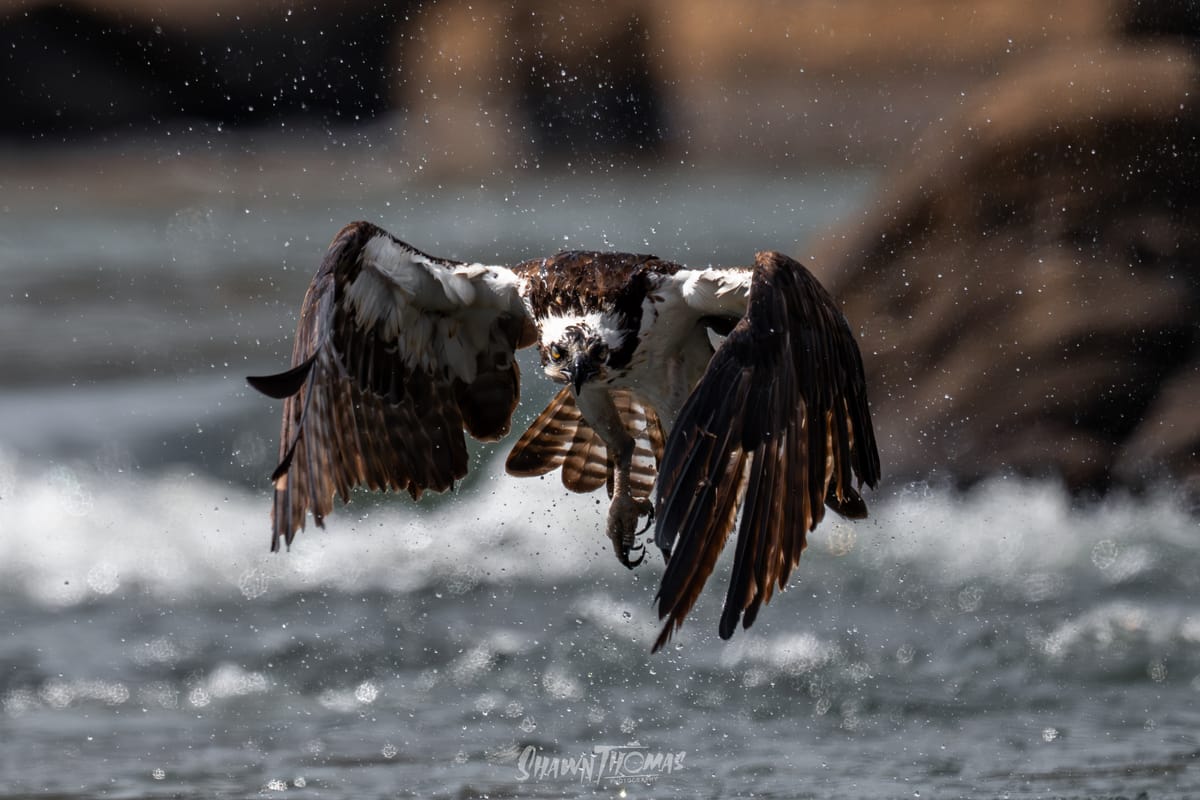
Why I Shoot Nikon — and How the 800mm f/6.3 PF Caught My Eye
I’ve always bought camera bodies based on the glass I can put in front of them. Cameras are temporary; lenses are the long-term relationship. And for a wildlife photographer, the right glass is everything.
When I made the move from Fuji to full-frame, it wasn’t because Fuji wasn’t delivering — it was because Nikon had something no one else did. Fuji’s only real long-reach option at the time was the 150–600mm — a lens with a very high aperture that limited low-light performance. It’s a solid lens for what it is, but I wanted more than just reach. I wanted speed, sharpness, and a system I could grow into over years, not just months.
Nikon’s mid-range super-telephoto lineup fit that perfectly. Their primes and PF lenses are lighter, relatively affordable, and more specialized for wildlife than what you’ll find from Canon, Sony, or Fuji. I still to this day firmly believe Nikon has better glass for the super telephoto market than anyone else.
The Nikon 800mm f/6.3 PF is the perfect example of that. Here was a lens with extreme reach, professional sharpness, and a weight you could actually carry all day — all at a price that, while not cheap, was far more attainable than the traditional big primes. For someone used to shooting an effective 900mm on Fuji, it felt like a natural way to keep that reach while moving to Nikon’s full-frame ecosystem.
While I’d had the Nikon 800mm f/6.3 PF in my bag for a while, I wanted to frame this review through the lens of two of my most memorable shoots with it. Not a lab test, not a spec sheet breakdown — just real days in the field where the gear either made the shot or taught me something in the process. One was a crisp spring morning with osprey in Fredericksburg, the other a chaotic, overcast day with bald eagles at Conowingo. Together, they paint a pretty honest picture of what this lens can do — and where it can trip you up.
Osprey in Fredericksburg – When the 800mm Shines
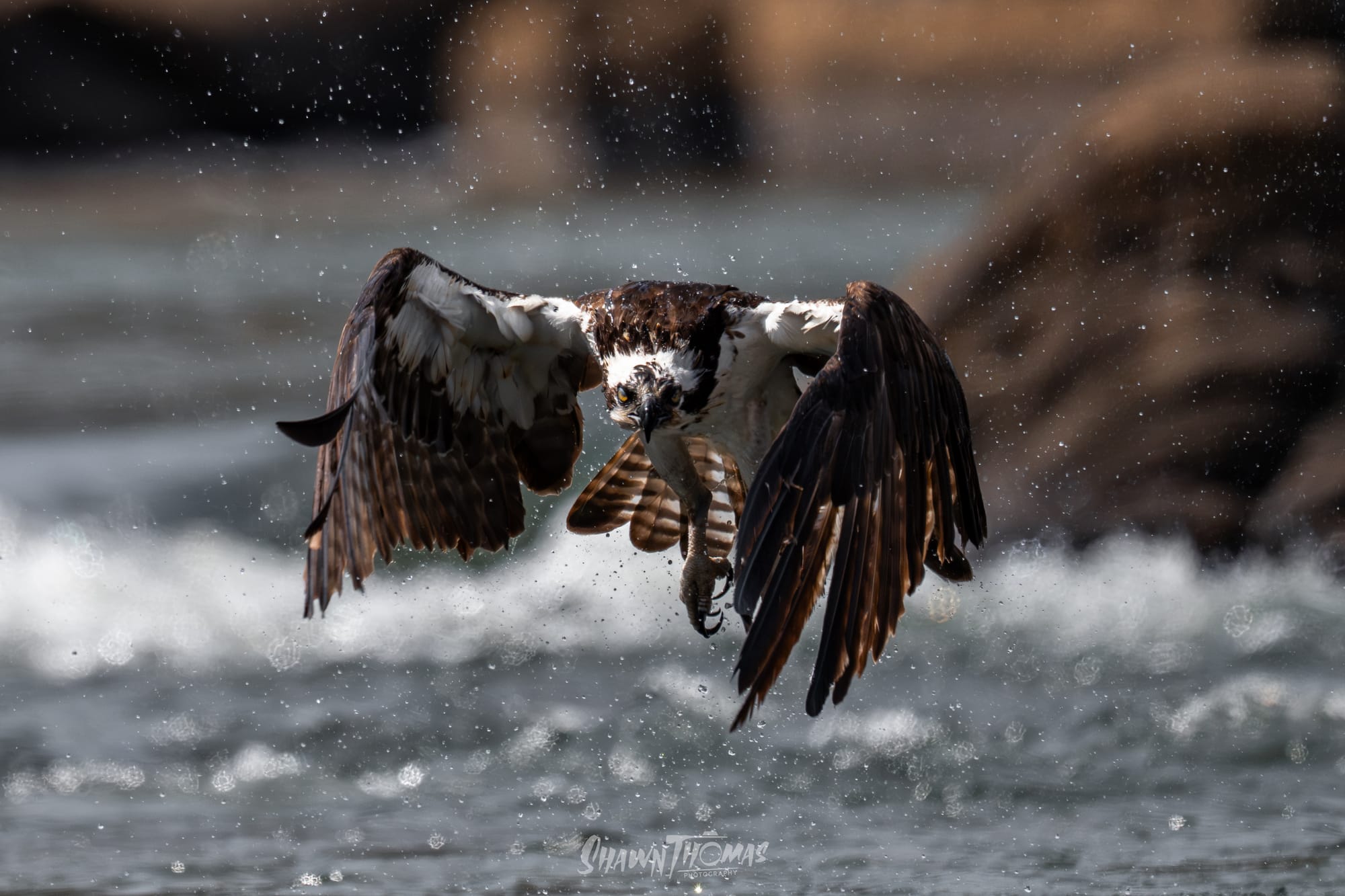
Fredericksburg in early spring is one of those places that just feels alive. The osprey are back, the light is soft and clean, and you can get low by the water where you’re rewarded with that perfect eye-level perspective. On this trip, the 800mm was exactly the tool I wanted — great light, good distance, and birds working an area just far enough out that I could frame them with minimal cropping later.
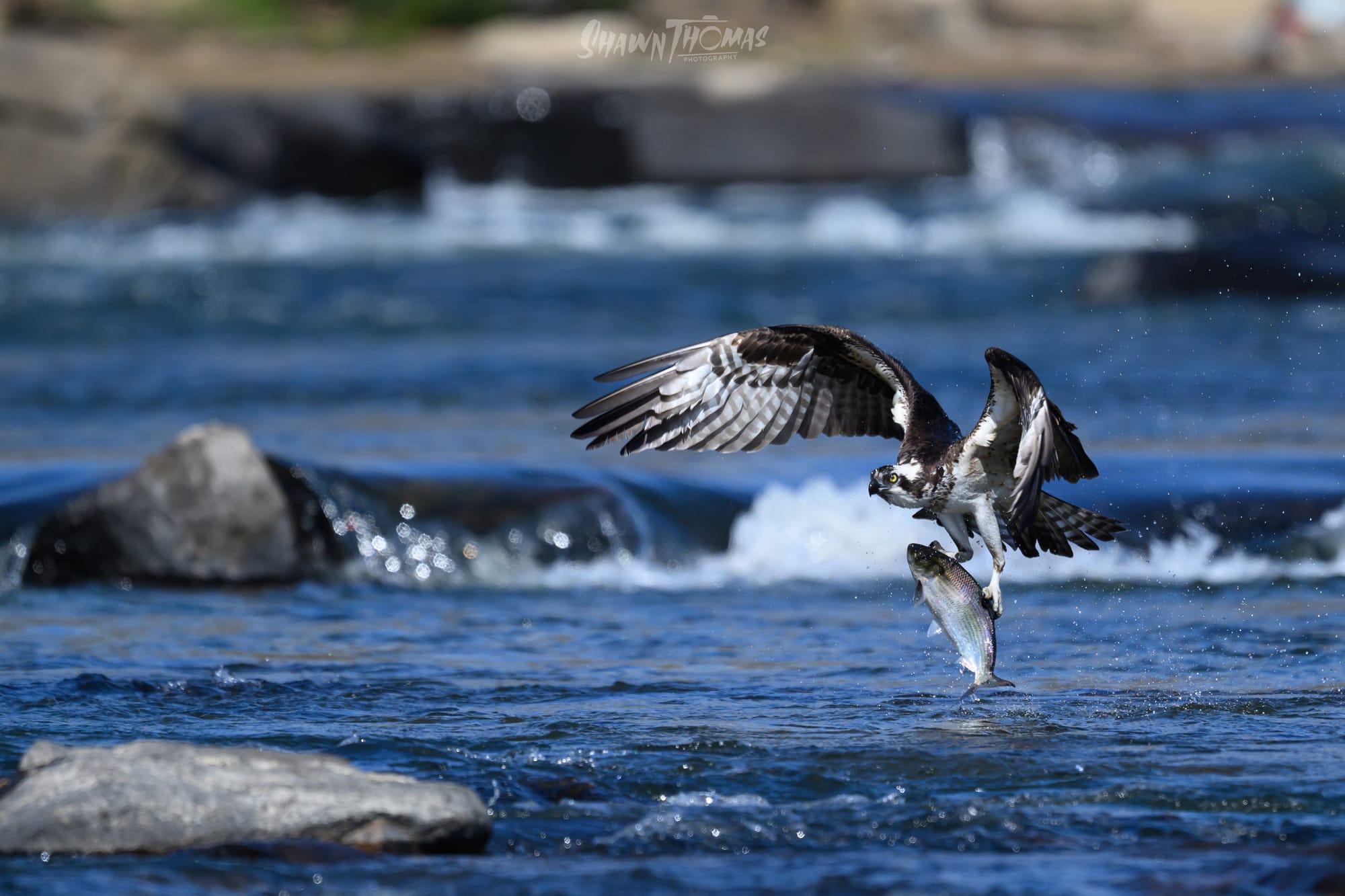
The reach was incredible. Every lift-off, every mid-air shake after a dive, every turn in the wind — all of it filled the frame without me having to move an inch. The PF design kept the weight manageable, so even hand-holding for long stretches didn’t feel like punishment. Tracking was snappy, and once I had a lock, the lens just stuck to the bird.
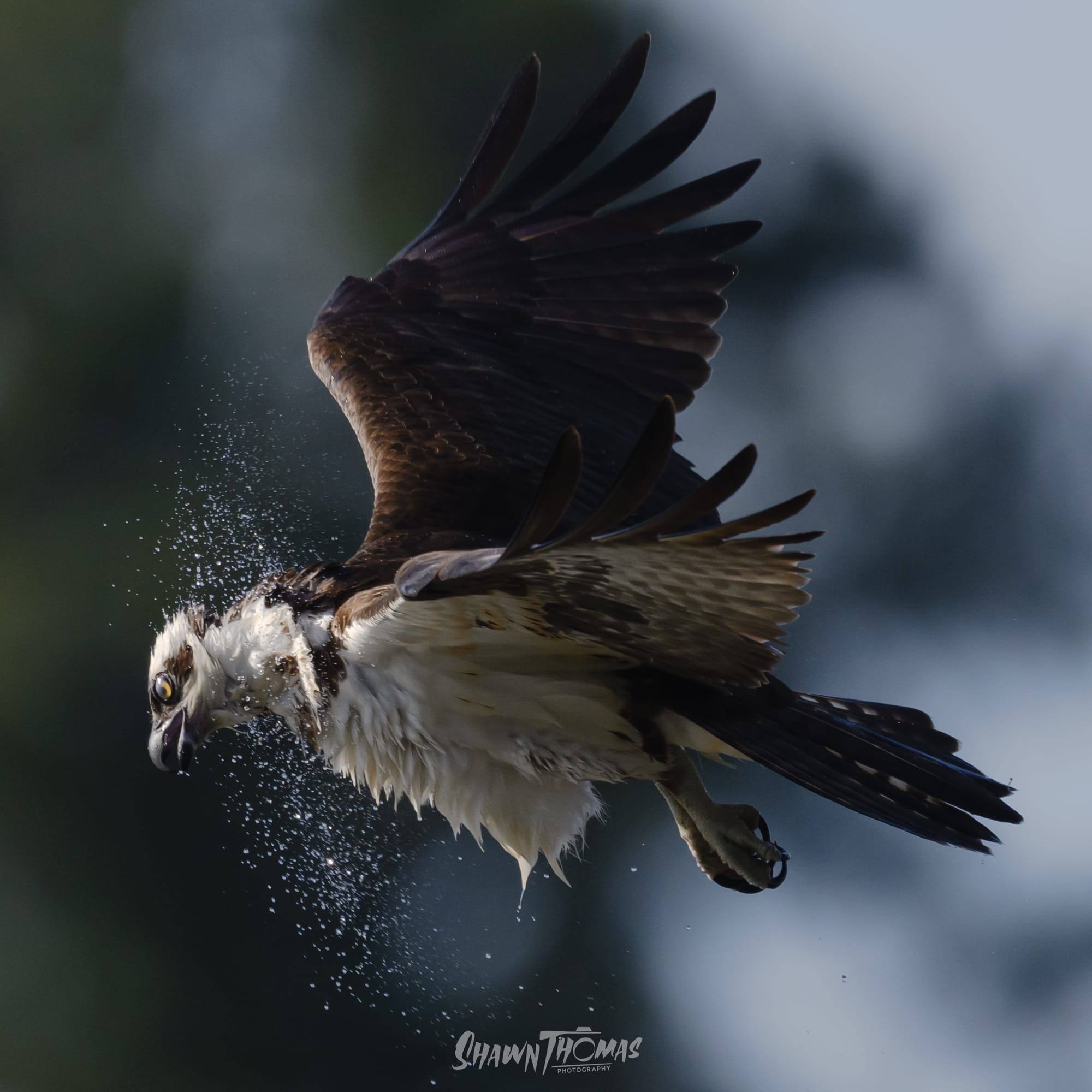
This was the kind of day the 800mm f/6.3 was made for — big subjects at a distance, beautiful light, and the time to let them come to you. The files were tack-sharp, the colors rich, and the backgrounds compressed into smooth washes of blue and green that made the osprey pop. It’s not just a lens for “reaching farther” — it’s a lens for making those far-off moments look like you were standing right there.
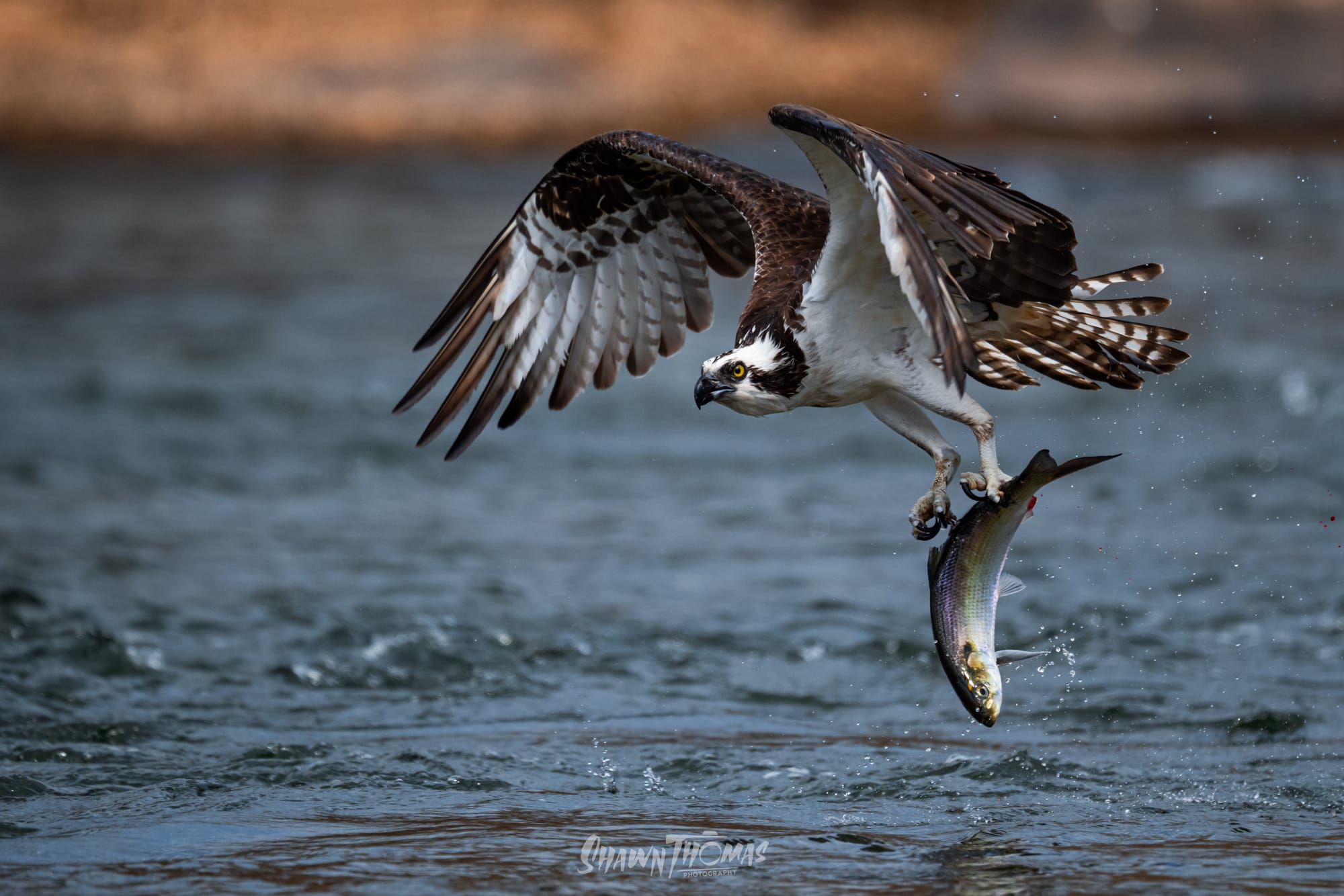
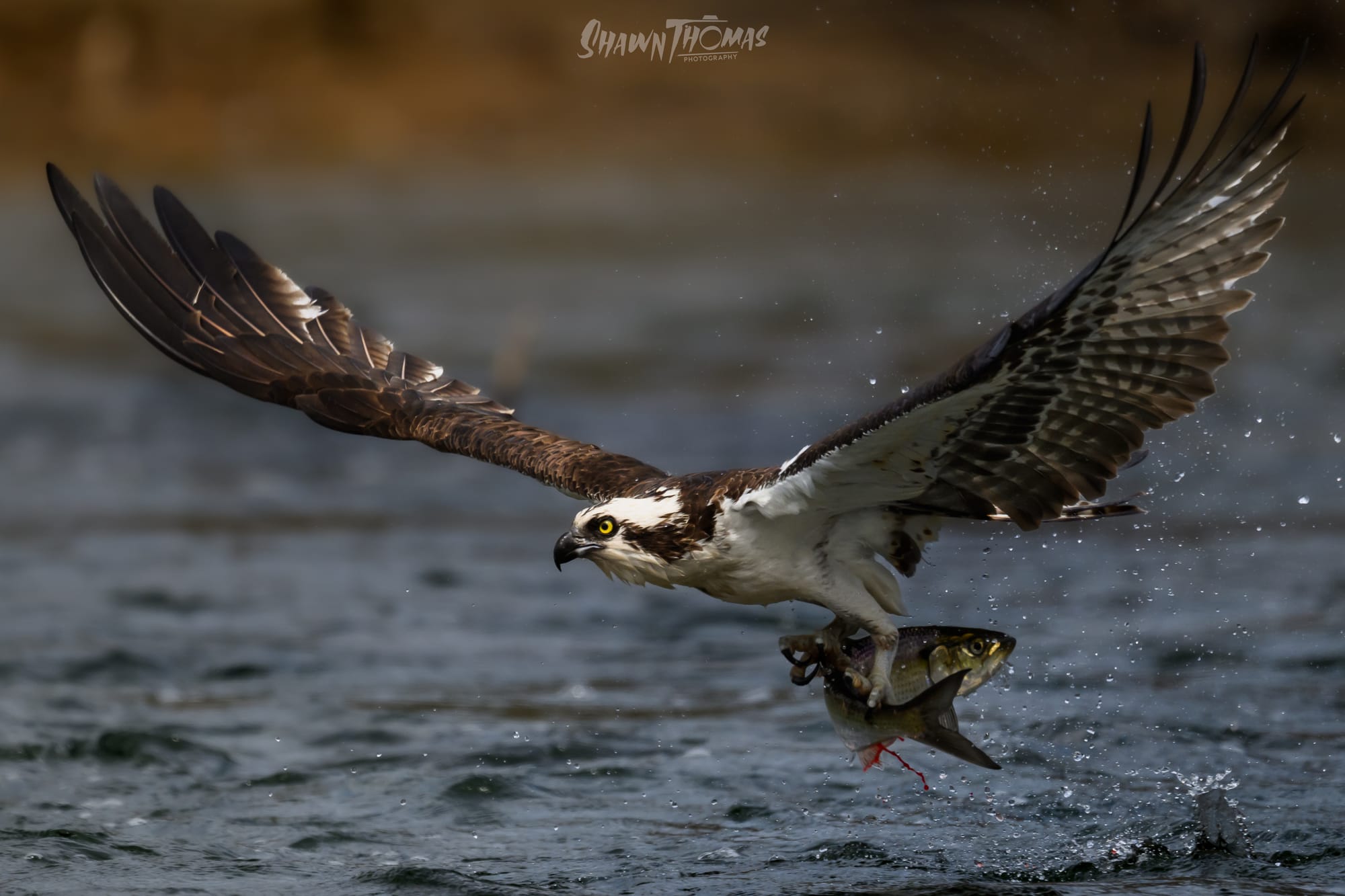
Eagles at Conowingo – When 800mm Feels Too Tight
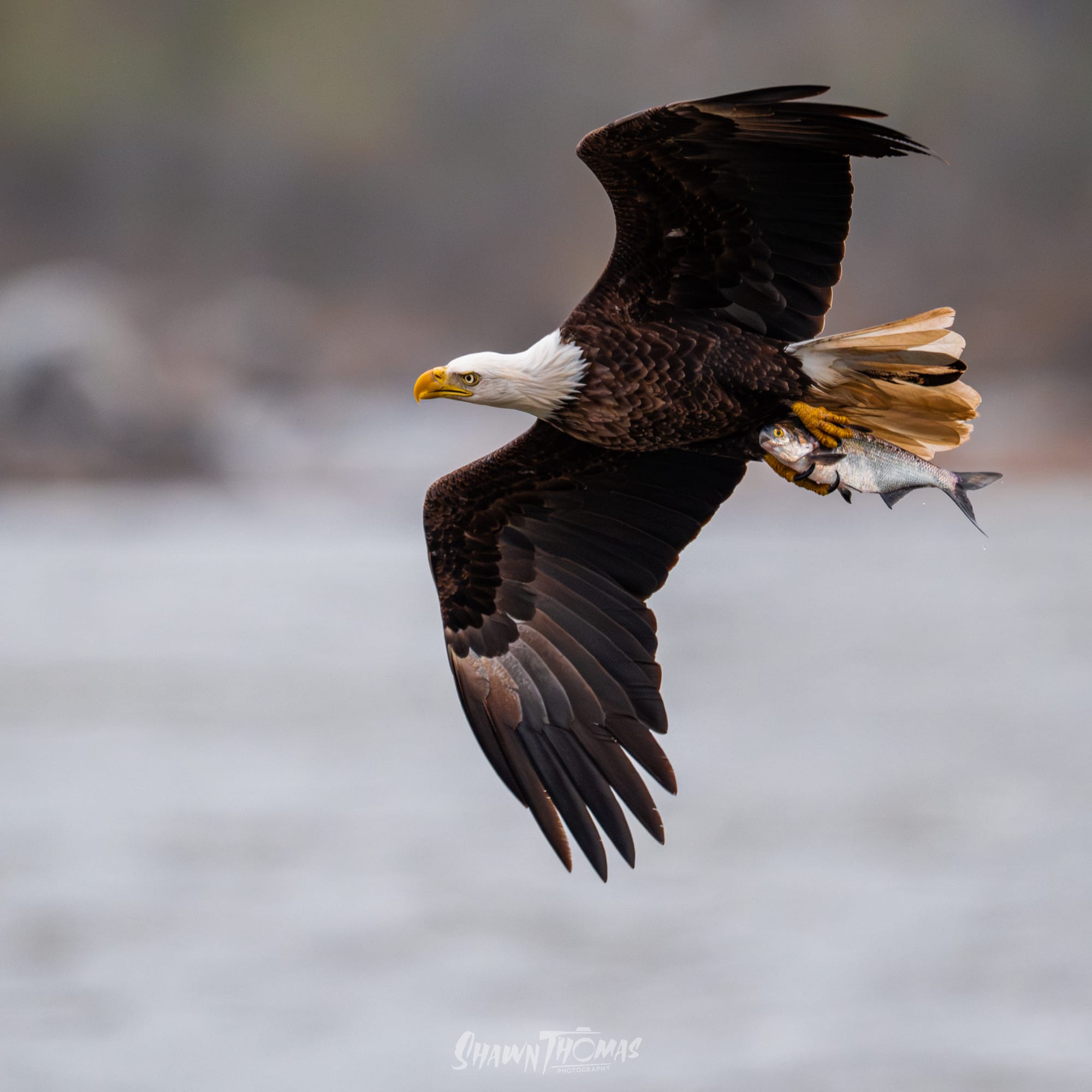
Conowingo is chaos in the best possible way — dozens of bald eagles all working the same stretch of water, diving, banking, and stealing from each other in a flurry of feathers. It’s a spectacle, but it’s not the kind of place where a fixed 800mm always feels comfortable.
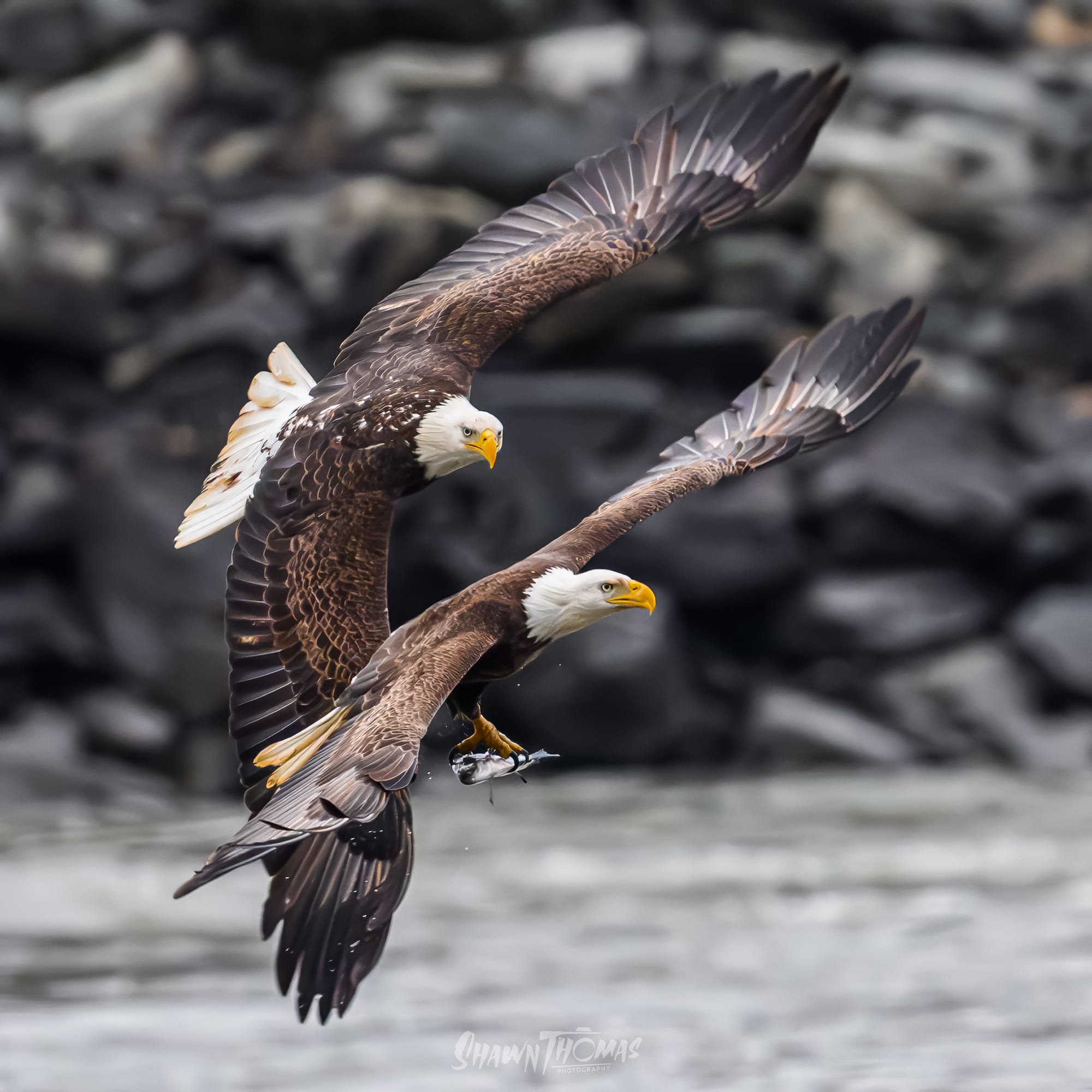
The light that day was flat, and there was almost no sun, the birds were moving in packs, and the action was often happening closer than you’d expect. While the 800mm still delivered incredible reach for the more distant dives, I found myself clipped in tight on closer passes, sometimes losing wing tips or not being able to track more than one bird in the frame. This is where the extreme focal length starts to work against you — you’re locked into that perspective, and there’s no zoom ring to save you. And with the higher aperture on the lens, the files need a lot more work and a bit of denoise cause shooting fast action on a cloudy day like this the ISO is pretty high.
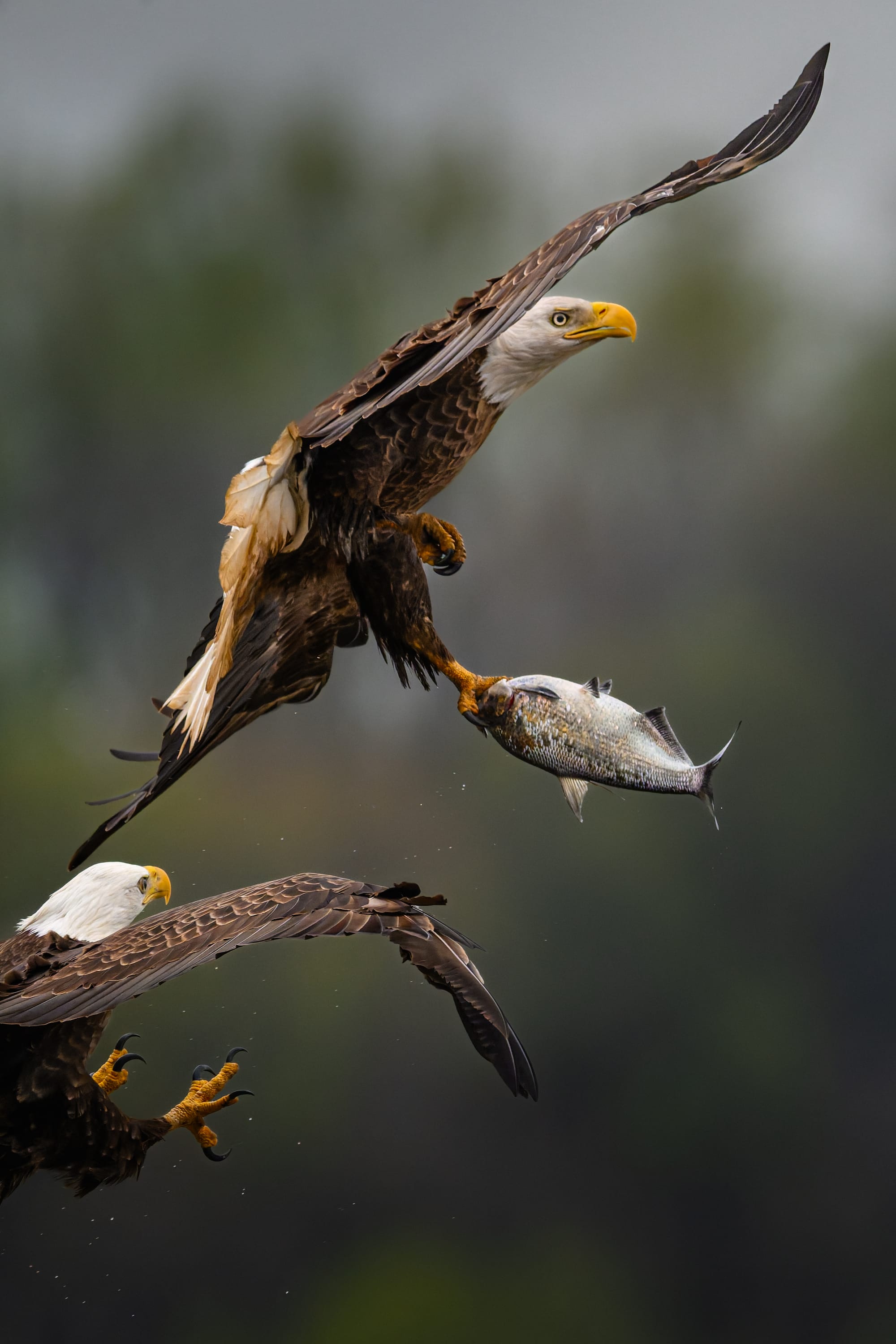
It wasn’t a dealbreaker — far from it. For isolated subjects, even in the cluttered conditions of Conowingo, the 800mm still produced sharp, clean images. But the experience drove home that this lens is at its absolute best when the action is at a predictable distance and you have the space to frame it, or when the subjects are a little bit smaller or isolated. In unpredictable, multi-subject environments, it can feel like trying to shoot a fast-moving parade through a keyhole.
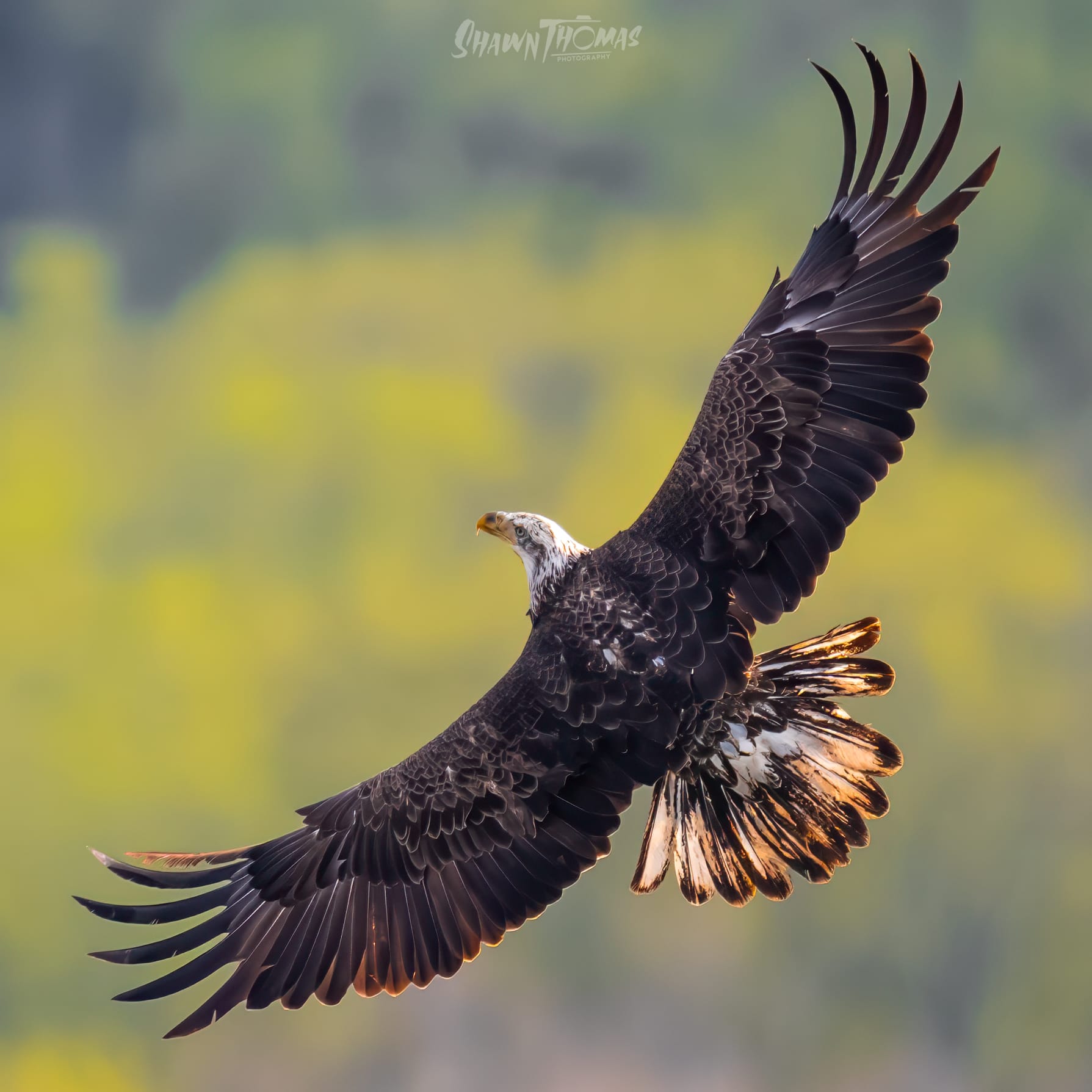
I did upgrade to the 600 f4 - and heres why
It took a lot of thought, a lot of back and forth, and watching about 500 reviews but I did end up upgrading to the 600 f4 for a few specific reasons. The first is kind of obvious, I occasionally wanted a bit of a wider frame, while still keeping the possibility of reach. The internal TC allows me that flexibility on the fly in a big way. The other was that I got it on sale for a good deal before the tariff price hikes. But to dive into the real reason, we have to go to an image I took outside of these two sessions. This image:
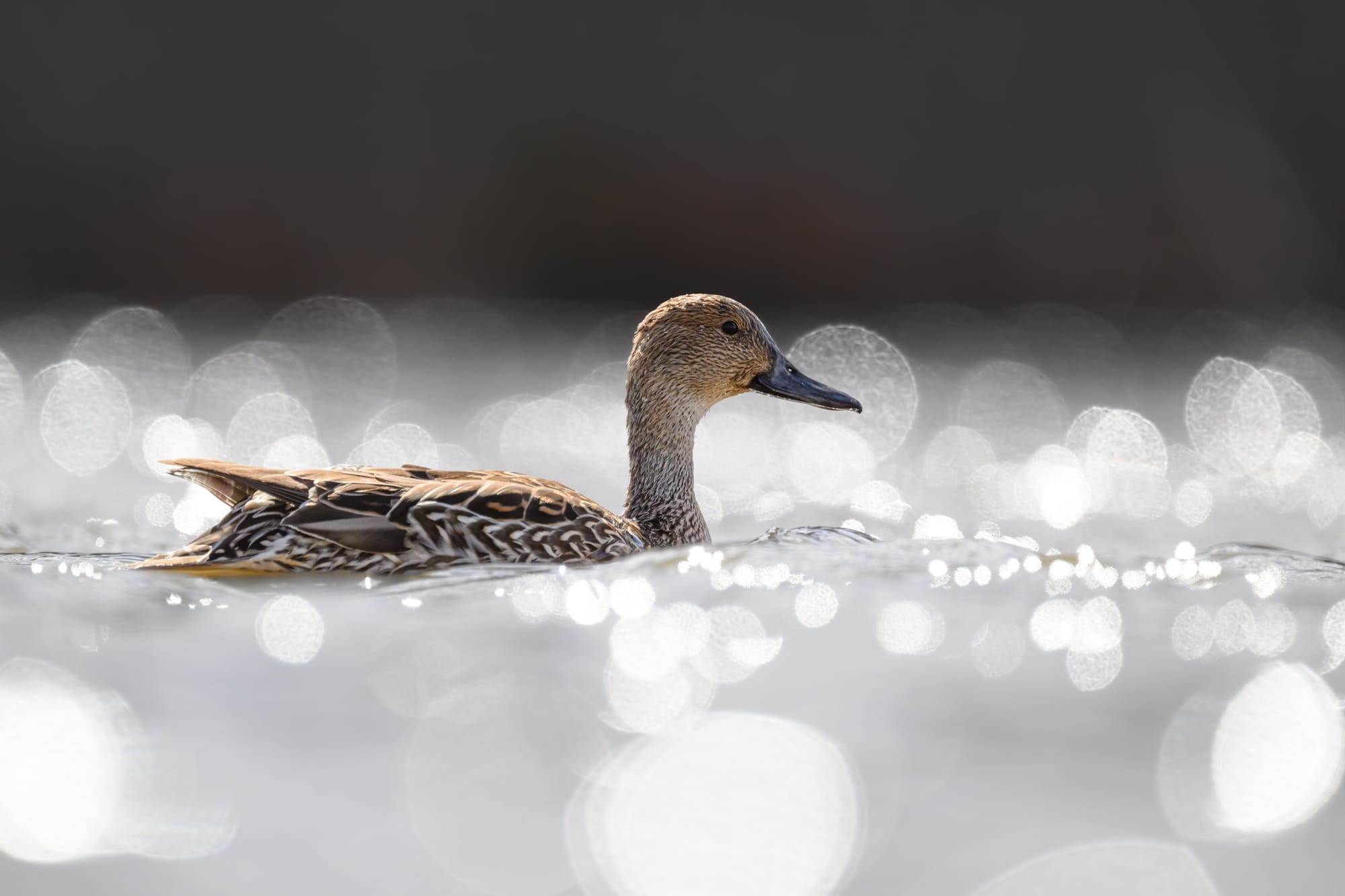
Now, my final edit of this photo is a little cleaner, but I rolled back the background texture and clarity adjustments so I could make my point. One technical limitation of the phase-fresnel element in these lenses, the thing that keeps them light and affordable, is that it can create harsh bokeh and artifacting in certain backlit scenes. Most people will never notice or care, but I shoot backlit a lot and I chase scenes like this. Again, not a dealbreaker, but it’s something to keep in mind depending on how you shoot and the kind of light and subjects you like to work with.
Verdict – A Specialist’s Dream Lens
If you want to see what the Nikon 800mm f/6.3 PF can really do, scroll through the images in the post, zoom up on them, check them out — they tell the story better than any spec sheet. This lens is sharp, fast to focus, light enough that carrying it for hours doesn’t feel like a punishment (I shoot almost exclusively handheld), and most importantly it costs about 1/2 of any of lens in its bracket from Nikon or a competitor. The f/6.3 aperture has never been a problem for me — with today’s cameras and noise reduction tools, you can push ISO without fear, and the payoff in reach is worth it.
For wildlife photographers who thrive on working with a single subject at distance — think small birds, raptors on predictable perches, or shoreline species — the 800mm PF is a specialist’s dream. It gives you a front-row seat from across the field, and it does it with a level of portability that makes other super-telephotos feel like gym equipment.
That said, it is a specialist’s lens. At Conowingo, the fixed focal length sometimes left me boxed in, unable to capture multiple birds in the frame or adjust quickly to unexpected action, and I struggled that day with the lack of light. On other shoots when shooting backlit the bokeh ball characteristics were a little messy for my tastes, a downside to the PF element. In the end, my desire for more flexibility in focal lengths, plus my preference for the rendering of complex bokeh from Nikon’s non PF designs, eventually led me to switch but make no mistake — I absolutely recommend the 800mm f/6.3 PF. If your shooting style matches its strengths, it’s an extraordinary tool that will deliver shot after shot you couldn’t get any other way.
Rating: 9/10 in absolute performance — but when you factor in the price-to-value ratio compared to its competition, it’s an easy 13/10.
Like what you see? Dive into the rest of my wildlife and landscape work at shawnthomas.art.
I post new adventures, thoughts, tips, or tricks every Tuesday why not subscribe?
